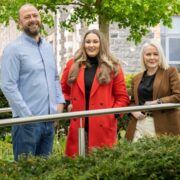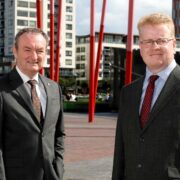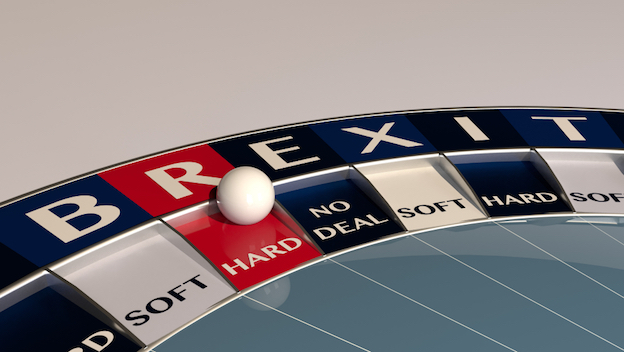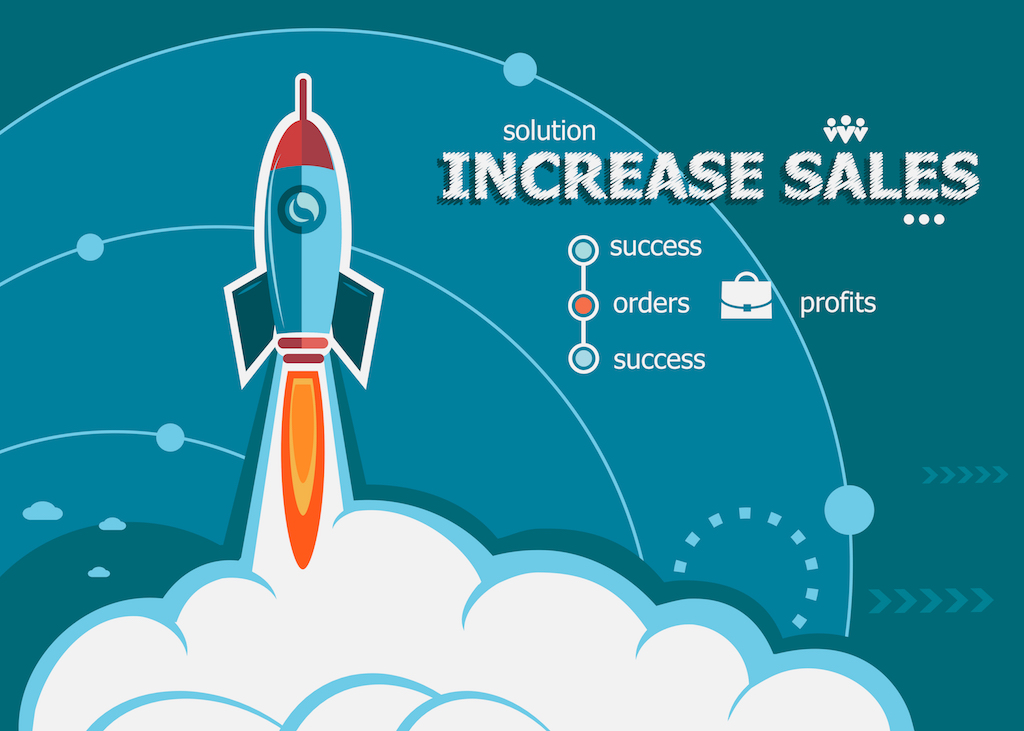Podcast Ep 167: Bank of Ireland’s head of Agri Sector Eoin Lowry assesses the future of Irish milk production ahead of the Fine-tuning Irish Dairy Conference.
In this podcast Eoin Lowry talks about the challenges the Irish dairy industry faces as it wrestles with sustainability and climate action while remaining viable and innovative.
Lowry will be speaking on a panel entitled “The Right Cow for the Future” at the Fine-tuning Irish Dairy Conference which takes place at the Radisson Blue Hotel at Little Island Cork on 8 June.
“We’re conscious that while we do have these environmental challenges, and we need to reduce emissions, we also need generation renewal. So it’s about getting the balance right”
On the face of it, you could say Irish dairy farmers are like the cats that got the cream, but there is plenty on the horizon to sour their moods.
“The dairy industry had a phenomenal year in 2022 on the back of a strong year in 2021,” Lowry explained. Dairy farmers in the main are in a good place. They’ve come into this year in a strong place financially, with strong profits and cash balances.
“But they are a little concerned and worried for the future,” he added. “There are a number of challenges, the immediate being high costs that are still in the system from that high inflation that we saw last year. I’m particularly concerned about the significant fall-off in milk prices in the last couple of months since the start of the year. We’ve seen the price come back off maybe 18 or 20 cents at this stage.
“And they’re also concerned about the whole environmental challenge coming down the line at them. Every meeting on a farm walk lately it’s near the top of the agenda. In summary, they’re in a good position but there are definitely challenges on the road ahead.”
Sizing the cow of the future
When we last talked Lowry made the poignant observation that while agriculture is often cited as a culprit when it comes to the climate crisis, farmers themselves are also leading the field when it comes to taking climate action. He said: “Farmers themselves are inherently aware of the environment that they work in. They’re in nature every day and they want to protect that because that is their core asset. That land base that they have and their animals. So anything that enhances that is ingrained in farmers.”
Asked if the climate action targets set for Irish farmers for 2030 are attainable, Lowry said it is a priority for the agri sector. “the targets are set in stone, we are legally obliged to abide by them and reach them by 2030. And it’s not going to be easy. But I think, in the past 12 months, farmers have really bought into the idea, and the farmer organisations and the industry are working with solutions backed by science that are going to enable that transition.
“So I think the sector knows what it needs to do. It’s now about educating and bringing each and every farmer on that journey. And I think that’s the responsibility not only of farmers, but of industry stakeholders like ourselves to ensure that farmers are able to react and adapt their farms to make them fit for the future.”
Lowry said that the evolution of Irish dairy hit a rocky road in the 1980s when a period of significant growth was arrested by the onset of EU-wide milk quotas leading to a lengthy stagnation in the sector.
However, the lifting of those quotas in recent years was transformative. “We saw some real vibrancy and greater efficiencies and productivity is coming into the dairy sector. We’ve seen tremendous growth of the dairy sector over the last number of years with about 60% growth in milk output, but that’s come from, you know, 25% extra cows. So we’ve seen a huge increase in productivity on farms and I think sometimes we get we forget or we maybe it’s not front of mind, how capable and able farmers are to adapt to changes and react to policy. So when quotas were lifted, farmers responded, but they didn’t do so by just going out and adding 60% more cows. They did so with a limited number of cows but still maintained and increased productivity.”
What does the future farm look like?
Looking to the future of the dairy sector, Lowry predicts continued productivity gains on farms for the simple reason that farmers are going to have to milk cows and operate farms in a much more environmentally friendly way.
“The ability to maybe use as much chemical fertiliser is not going to be there. They need to be conscious of the type of grass swards that they have in place. And they maybe need to look at the cow for the future. Is the cow that they have today the one that is required, given these challenges that are coming down the road? Is that the right cow for the future?”
“As a bank, we’re doing a lot of work in this area, trying to understand what that dairy farm of the future looks like, because it’s probably not going to look the way it did 10 years ago. It’s a really complex area.
“There’s a lot of change happening. The demographic of farmers, for example. Farmers are getting older, succession is important. We do need young farmers coming in, we do need vibrancy, and generation renewal. So we’re conscious that while we do have these environmental challenges, and we need to reduce emissions, we also need generation renewal. So it’s about getting the balance right.”
Lowry noted that the shape and size of farms in Ireland has changed significantly in recent years, with the average size of dairy farms growing from 60 cows a decade ago to 100 cows today.
“So farms have doubled in size, but we have less farmers as well. And that’s going to continue. So you need in that kind of environment more mechanisation, you need more technology, and I think we are moving into an era of greater technology. All you have to do look at the, you know, the, the way the machinery industry is changing.
“There was a time where bigger tractors was the way forward, particularly on tillage farms, and particularly maybe in other regions of the world, but now there’s a trend that maybe the tractor of the future is a smaller tractor. It’s a driverless tractor, it’s tractors that can operate in a field on their own using satellite guided technology. And they can work day and night. So they don’t need to be as big. If they’re not as big they’re not compacting or damaging the soil as much. So a lighter footprint driven by technology.
“And that’s a really exciting place for where farming could go in the future. And it’s a similar way on the dairy farms, we may see a greater adoption of robotic farms. It may be semi-automated, it may have light touch labour. If the technology is available, farmers will take it on.”
-
Bank of Ireland is welcoming new customers every day – funding investments, working capital and expansions across multiple sectors. To learn more, click here
-
Listen to the ThinkBusiness Podcast for business insights and inspiration. All episodes are here. You can also listen to the Podcast on:
-
Spotify
-
SoundCloud
-
Apple






